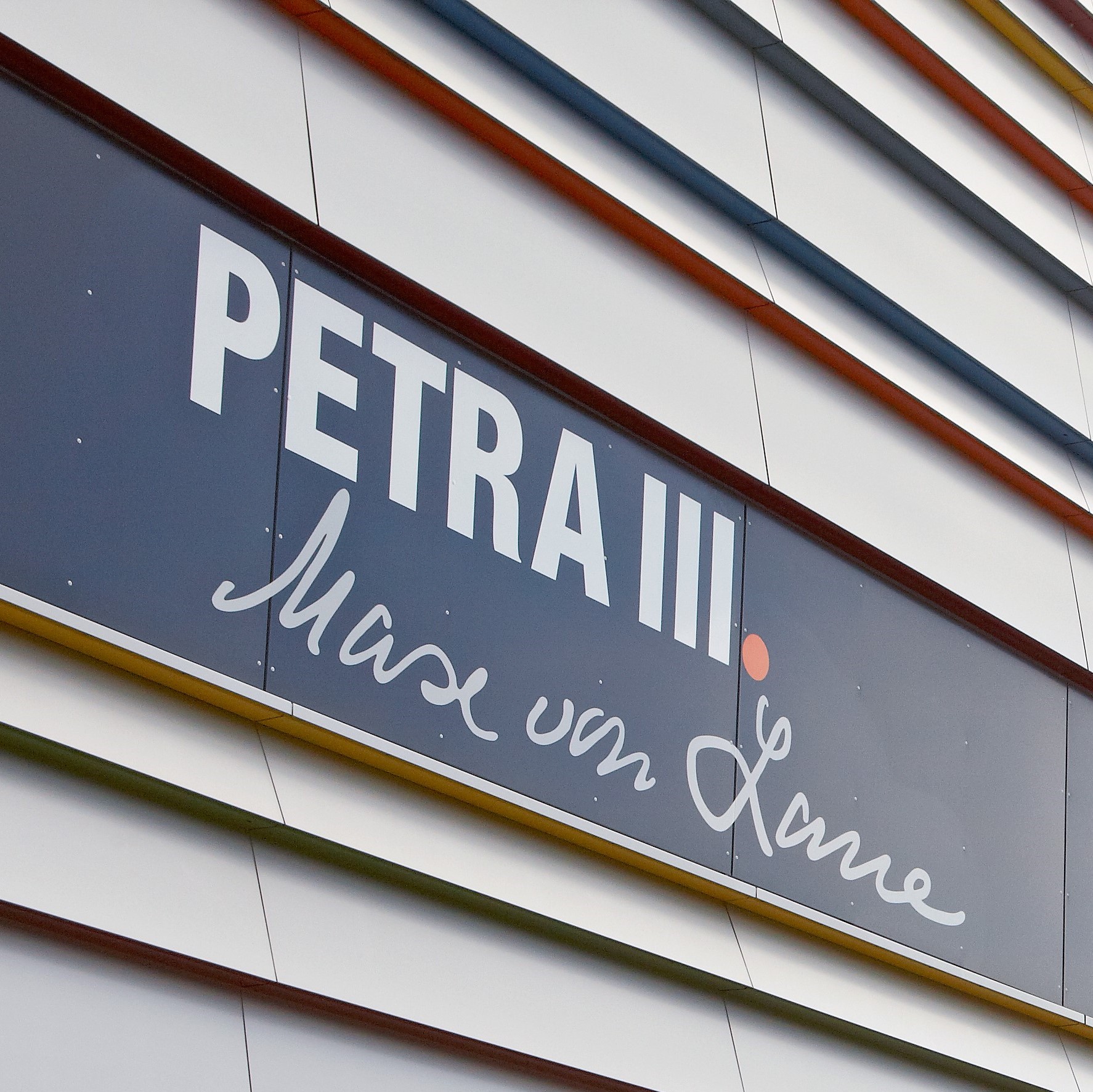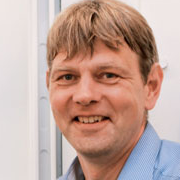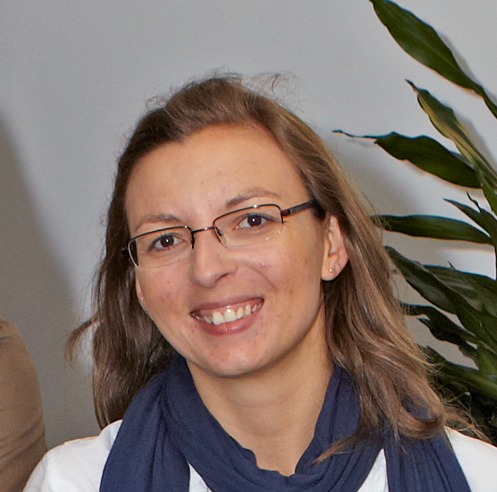

The Instruct Centre at EMBL Hamburg provides access to the Integrated Facility for X-ray based Structural Biology.
Services at EMBL Hamburg focus on state-of-the-art structural biology methods using synchrotron radiation. EMBL Hamburg operates three beamlines on the PETRA III high-brilliance synchrotron at DESY: one dedicated to biological small-angle X-ray scattering (SAXS) and two for macromolecular crystallography (MX). The beamlines are linked to the sample preparation and characterisation facility (SPC), which provides complementary services, including a high-throughput crystallisation laboratory and a biophysical platform to optimise and characterise interactions for structural studies. Automated processing pipelines are available for both MX and SAXS data.
EMBL Hamburg is located on the DESY Research Campus in Hamburg. If you have questions or need assistance, please contact the EMBL Hamburg User Office. Details on accomodation and travel
The 'From Sample to Bio-SAXS' platform at EMBL Hamburg offers services for sample preparation for SEC-SAXS and/or automated SAXS data collection, real-time determination of physical parameter of molecules in solution and automated pipelines for building low resolution models against SAXS data.
View All X-Ray Techniques at Instruct
The 'From Sample to X-ray Diffraction' platform at EMBL Hamburg offers services for obtaining crystal structures from molecules of interest. Services include: sample characterization by various biophyscial methods, sample optimization, high-throughput crystallization, robotic crystal harvesting, diffraction data collection on synchrotron beamlines, data processing, and support in structure solution and refinement.
EMBL Hamburg operates three beamlines at the PETRA III synchrotron ring, two for macromolecular X-ray crystallography and one for small angle X-ray scattering on biological macromolecules. Academic access to the beamlines is available to all research groups, and is prioritised on scientific grounds only. All proposals for beamline access are evaluated by the Project Evaluation Committee.
EMBL beamlines also offer possibilities for mail-in and remote access. Users are encouraged to contact the beamline responsibles for further details.
The Sample Preparation and Characterisation (SPC) facility supports users on the beamline and in addition offers expertise to check and improve the samples that are submitted to the crystallisation facility and the SAXS beamline.
The Molecular Biophysics platform at EMBL Hamburg offers one of the most-well equipped biophysical laboratories in Europe. We support users with the design, execution and data analysis of biophysical experiments aimed at the characterization of proteins, protein complexes and interactions between proteins and other types of molecules.
The 'X-ray Diffraction and Bio-SAXS ' platform at EMBL Hamburg offers beamtime on one beamline for small-angle X-ray scattering (P12) and two beamlines for macromolecular crystallography (P13, P14). With both methods, static and time-resolved pump-probe experiments can be performed.




